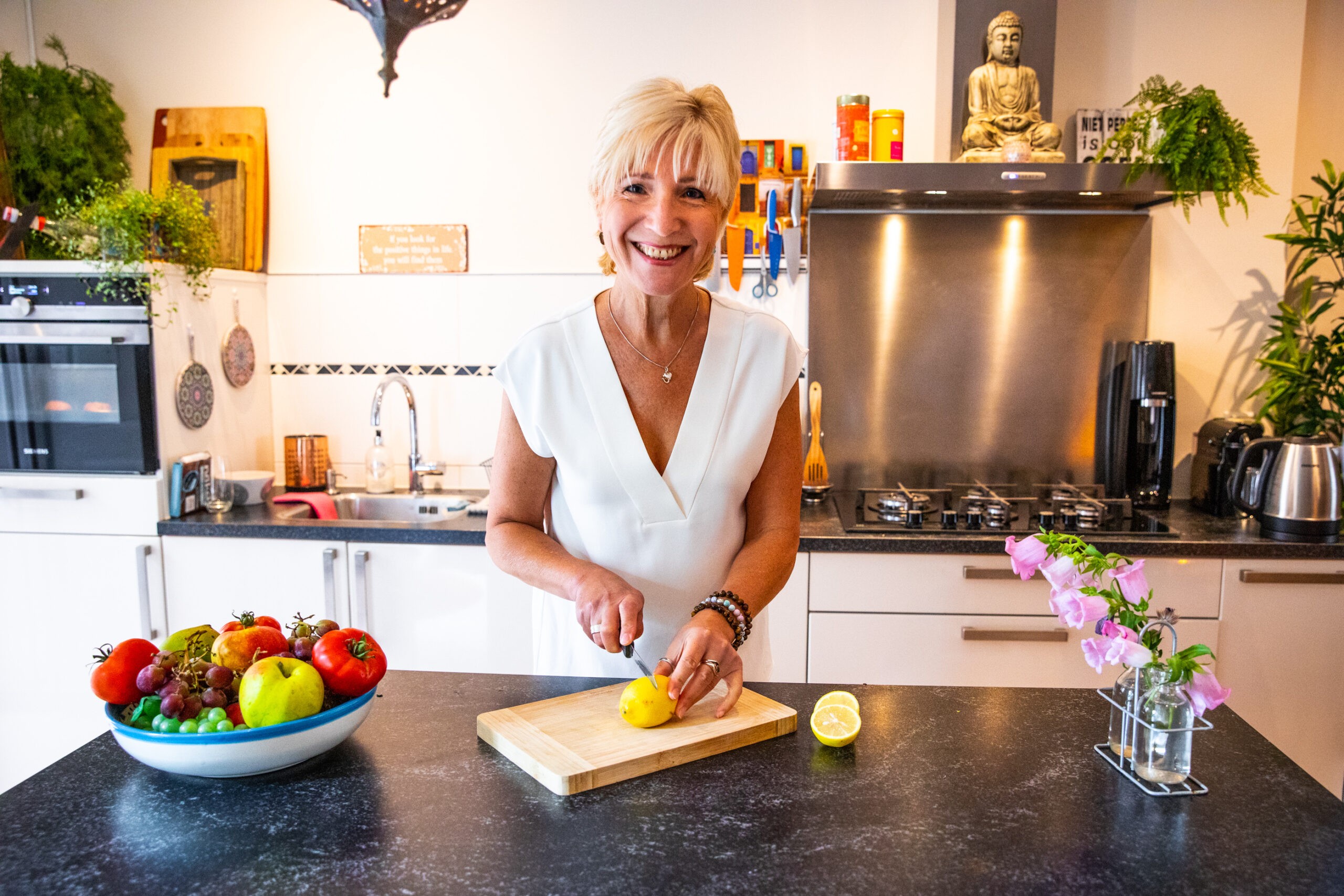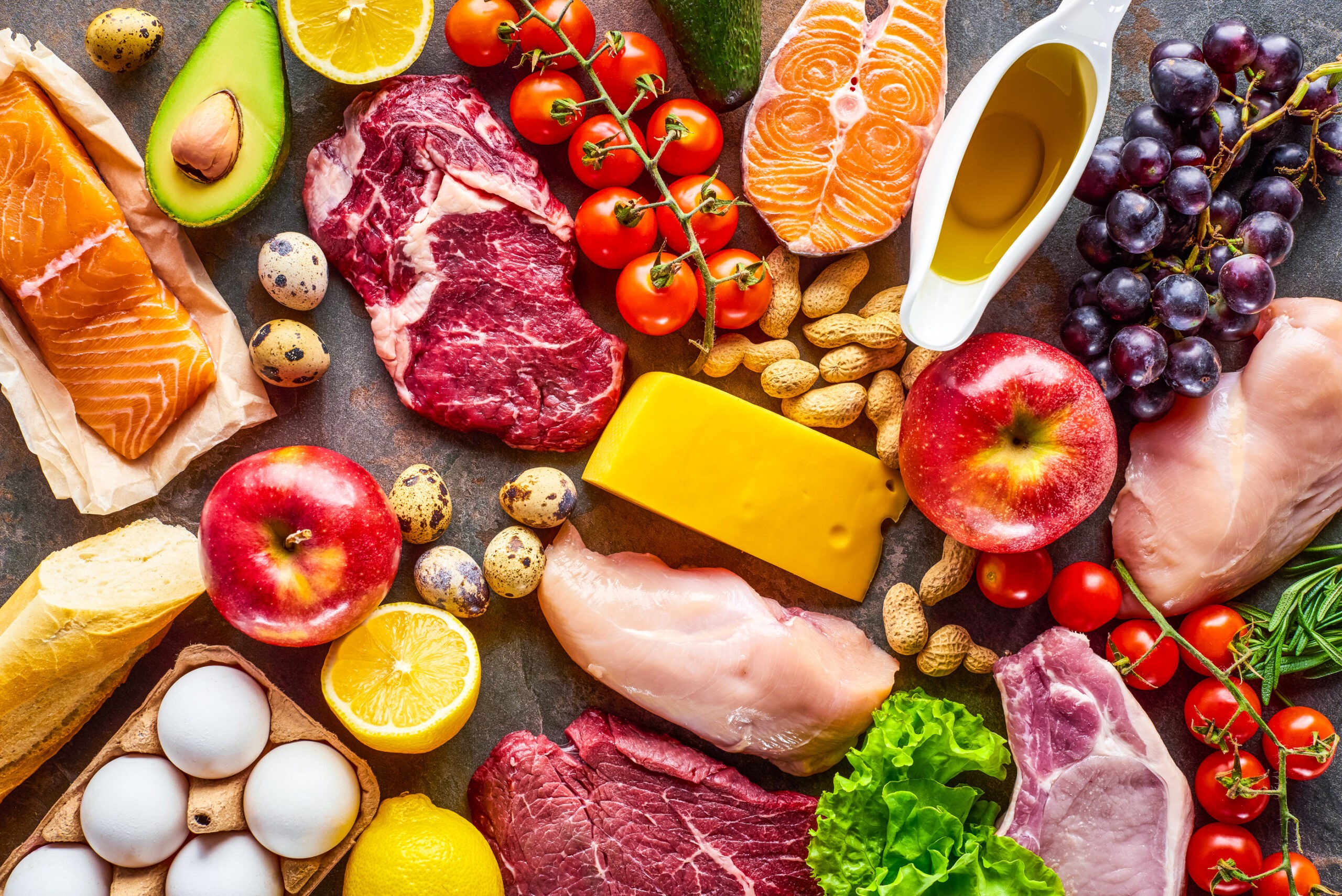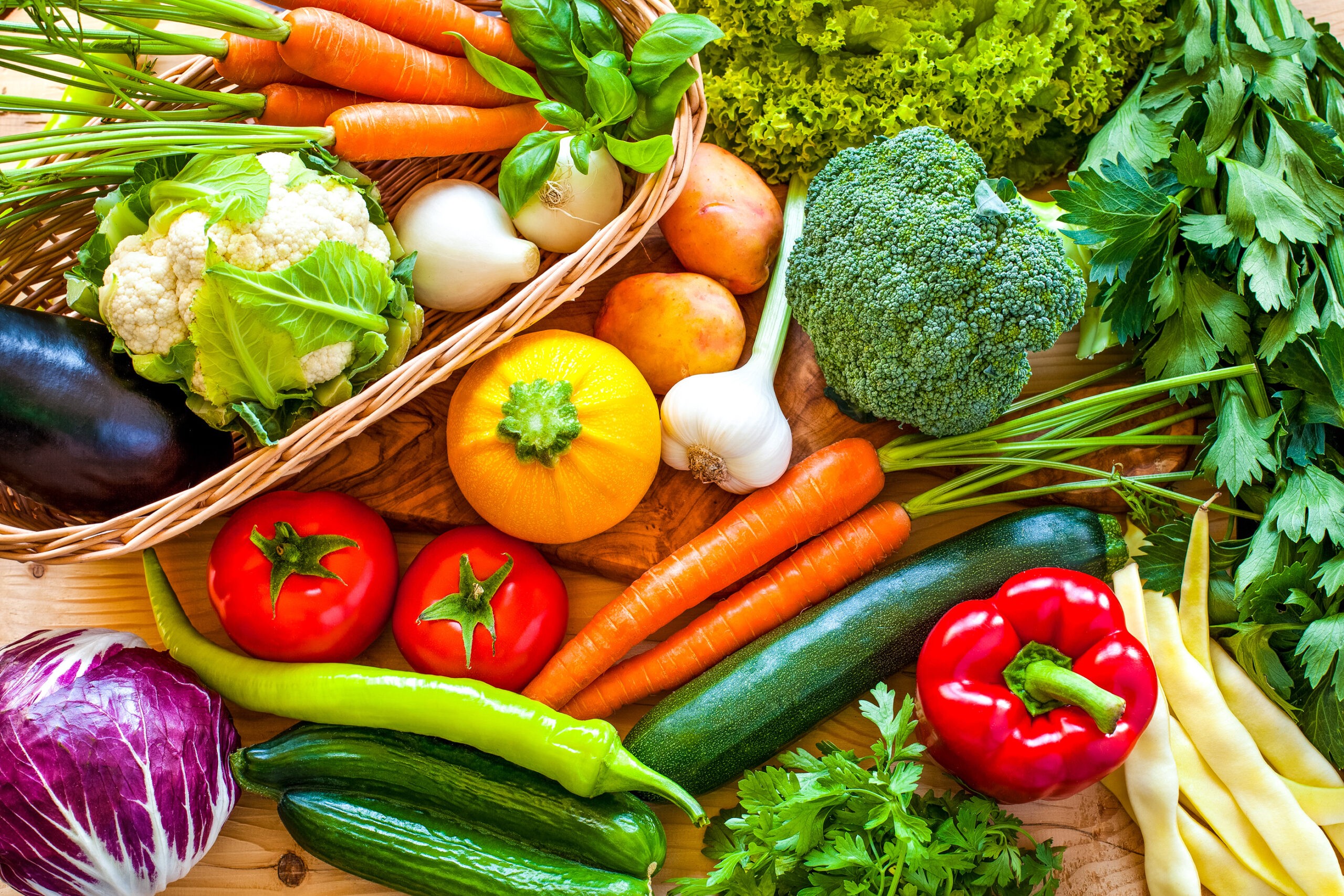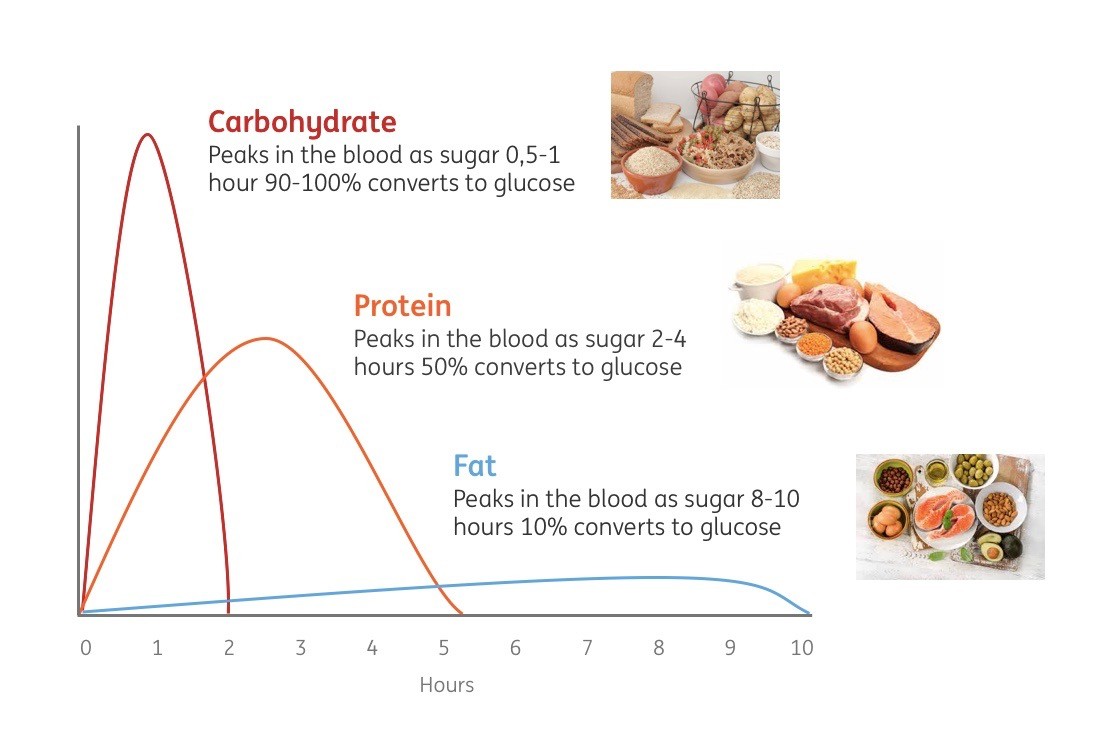Eat More Real Food
Eating more real food is about eating the foods closest to nature. When you prepare your meal, start with as many real ingredients as possible.
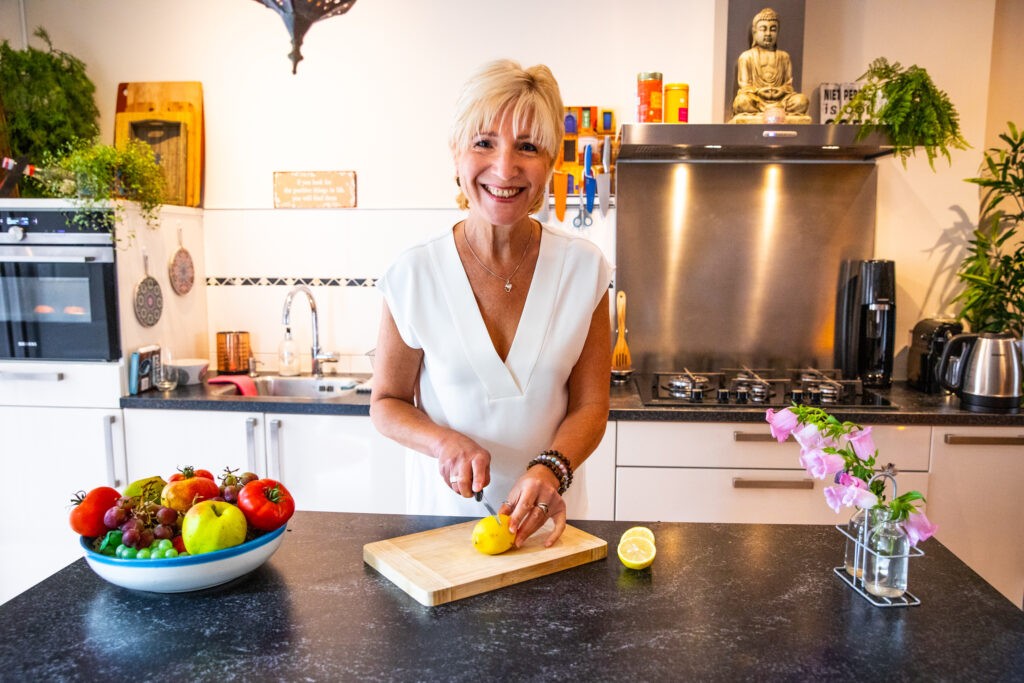
Why more Real Food?
Eating more real food can make a huge difference to the way you think, look and feel! Eating real food is about eating food that’s closer to nature and thus less processed; these foods offer you better sources of nutrients and prevent you from consuming all the junk that comes with highly processed foods.
Natural, wholesome, unprocessed foods prevent disease, support health (of both your body and brain), enhance energy, improve digestion and skin condition, help you to sleep better, maintain a healthy weight, reduces carcinogens and anti-nutrients in the diet. It’s the kind of food our body recognizes as an easily convertible source of energy.
The main reason why real food offers the highest nutritional value is simply because it has not been processed or refined, and thus not stripped away from its most valuable content.
Vegetables, fruits, nuts, whole grains, fish, eggs, poultry, or beef – they all add to the nutritional value of your meal, as long as you choose them in their natural form. In practice, it’s not that complicated to eat more real food. Here are five simple ways to help you do just this:
How to Eat More Real Food
Eating more real food is about eating the foods closest to nature. When you prepare your meal, start with as many real ingredients as possible. Vegetables, fruits, nuts, whole grains, fish, eggs, poultry, or beef – they all add to the nutritional value of your meal, as long as you choose them in their natural form. In practice, it’s not that complicated to eat more real food, all you have to do is follow a few of the practical tips.
Tip 1 – Eat what your great grandmother would eat.
When you doubt if something is healthy, you can simply ask yourself if what you are about to eat is something your great grandmother would recognize. If so, chances are that you are staying close to nature and eating real foods.
Tip 2 – Eat more raw foods.
Eat raw foods every day. It does not have to be much. Just adding one or two servings to your diet can already increase your micronutrient intake significantly. Most foods have their highest anti- oxidant content when they are still fresh and raw. The longer your cook them, the more nutrients they lose.
Note: Carrots are a well-known exception to the rule. They are loaded with cellulose that keeps antioxidants locked in. Heating them up releases these antioxidants and makes them available to your body.
Tip 3 – Eat less from a Box, Jar or Can.
Does most of your food come from a box or a jar, or does most of it come without any form of packaging? Highly processed food will always come packaged whereas real food (especially vegetables, fruits and nuts) generally doesn’t come packaged. To help you eat more real food, next time you go shopping, choose more foods that have not been pre-packed.
Tip 4- Read the Labels.
When you do buy food in a box, take a moment to read what’s inside. This way you will become much more aware of what you are eating. Do the products you frequently eat have long lists of ingredients? Do the lists contain plenty of e-numbers and/ or additives? Do you understand what you are eating? If not, then it’s likely to be processed food. Real foods neither require a long or complicated list of ingredients.
Tip 5 – Choose products with less than seven ingredients.
While processing, food manufacturers add an endless list of substances to their products, in an effort to ‘improve’ them. While their additions may indeed benefit the taste and smell of their products, they are generally not good for you, and are often unhealthy. In the old days, bread was made with only flour, yeast, water and salt. Nowadays it is not uncommon for bread to contain 15 to 20 ingredients.
